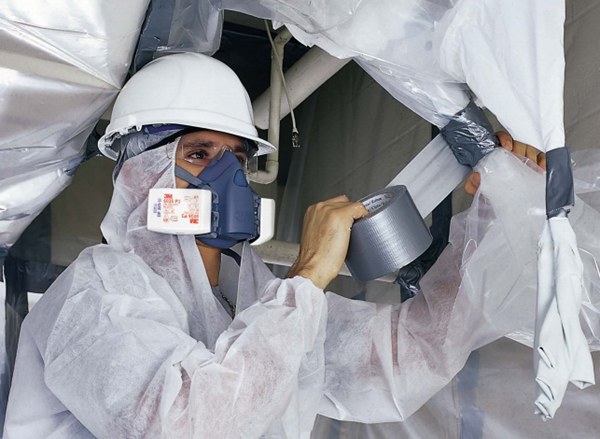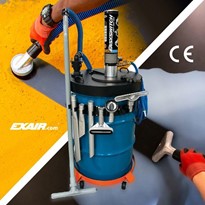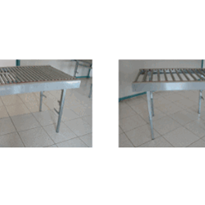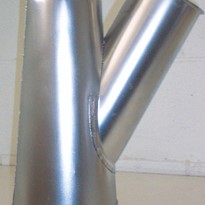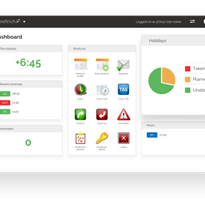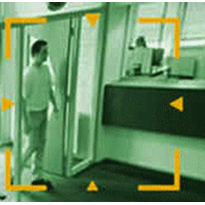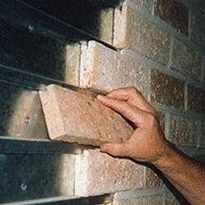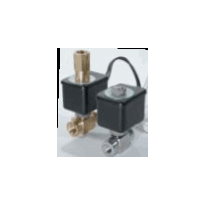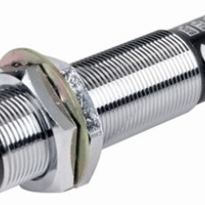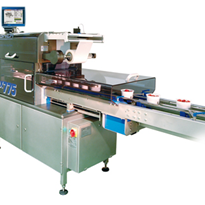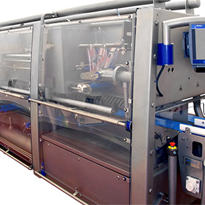Beyond the news stories and fear, do you truly understand how Asbestos can affect your health, how to spot it and what you can do to stay safe? We do.
That’s why we’ve spent decades keeping you informed on potential risks and improving respiratory protection products that help keep your lungs out of harm’s way. Whether you work in the construction industry, handle insulation products, install roofs and tiles, manipulate clutch pads or are taking on ambitious home renovations, Asbestos could pose a serious threat for your lungs and overall health. Here’s an overview of what you need to know about Asbestos to stay safe.
What is Asbestos?
Asbestos is an umbrella term for a group of fibrous silicate minerals found abundantly in nature. In the past, it was widely used in commercial applications and construction because its length and strength make it very heat resistant, great at insulating surfaces and easy to weave within other materials and products. There are two main types of Asbestos, serpentine and amphibole. Serpentine fibres are long, flexible, and curved, which makes them popular in manufacturing. Amphibole fibres are straight and stiff, and that makes them brittle and more liable to break. It’s precisely when these bundles of fibres break that your lungs become at risk.
How could it affect me? Repeated and long-term exposure to Asbestos has been directly linked to lung cancer, mesothelioma and other pulmonary issues. Amongst the most common is Asbestosis, a chronic lung disease that creates scar tissue in the lower part of the lungs, diminishes lung flexibility and makes it increasingly hard to breathe. Common initial symptoms of Asbestosis include difficulty breathing, what’s called a “crackle” sound upon breathing in, finger clubbing and a bluish skin colouration. Asbestos exposure at high concentrations can also lead to an enlargement of the heart due to the increased resistance of blood flow through the lungs. In evaluating all of these risks, there are five main elements to be considered:
- The level and length of exposure
- Time elapsed since exposure
- Age at which you were exposed
- Smoking habits
- Type and size of Asbestos fibre
When am I at risk?
You’re likely to inhale Asbestos any time the fibres are cracked or disturbed. This is a particular risk with friable Asbestos, Asbestos that is crumbly or loose in composition, because it becomes airborne more easily. Given its heat-resistant and insulating properties, you’re more likely to come in contact with Asbestos fibres when handling roofing materials, floor tiles, insulation materials, heating systems, electric and sound insulation products, automobile friction materials such as clutch pads, and many more. Asbestos mining and use has been banned in many countries for decades, but working in older buildings and structures puts you at higher risk of exposure. The Australian and New Zealand Federal and State Governments have set up strict safety and exposure guidelines to manage the risks posed by release of airborne asbestos fibres, but given how widespread these fibres are, we strongly recommend following these guidelines and wear appropriate protective gear any time you work with traditional materials or older buildings.
What can I do to protect myself?
Know where to look
Asbestos looks fairly unique and can sometimes be spotted with the naked eye. Look for white, fibrous material around air conditioning systems, under carpets and ceilings, in closet linings, on roof boards, around pipes and in any insulation boards or materials.
Get the equipment you need
Given the popularity and pervasive presence of Asbestos, it’s particularly important to have the right protective gear within reach at all times. At the very least, an AS/NZS1716 compliant respirator featuring a particulate filter should be worn any time there’s potential risk for exposure.
For various exposure levels, 3M has a full line of products ranging from lightweight disposable respirators to full-face respirators and heavy-duty powered respiratory equipment. All of our products are equipped with advanced electrostatic media technology to let you breathe comfortably while keeping dangerous fibres and particles away from your lungs.
You can always get in touch with one of our respiratory experts for personalized guidance on protective gear and risk avoidance. We can help you mitigate exposure risks so you can focus on what truly matters to you: your work, your health and your family.
Did you know?
Australia has the second-highest mesothelioma death rate in the world, trailing only that of the United Kingdom. Mesothelioma, a rare cancer caused by asbestos exposure, is leaving its mark on the nation with more than 10,000 people succumbing to the disease since the early 1980s. According to cancer experts, an additional 25,000 people are expected to die from it over the next four decades.
The slow and silent killer
- 606 deaths from mesothelioma in Australia in 2011
- Nearly 700 cases of mesothelioma diagnosed in Australia in 2011
- 90 cases of mesothelioma in New Zealand in 2010
No Matter What You Do, Safety Starts With You!
It’s recommended that the removal of asbestos materials is performed by a licensed asbestos removalist. However, when renovating or performing maintenance around the home you may come across asbestos containing materials so it’s particularly important you use the correct Personal Protective Equipment at all times. Reach out to a 3M Safety Specialist if you’re unsure of any aspect of PPE required to safeguard you against potential asbestos hazards.


